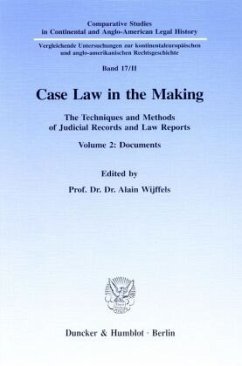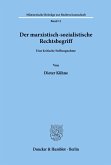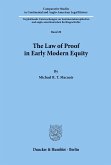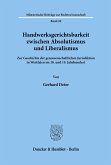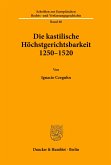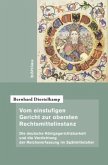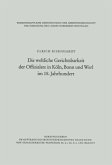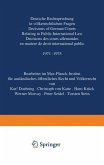By the end of the middle ages and in early-modern Europe, judges in superior or central courts had risen to a prominent position in society and played a crucial role in legal developments. Whether in the Common Law system or in continental Europe, the courts' decisions became a focus for legal reasoning, forensic arguments and doctrine. Yet, it remains controversial to what extent these developments reflected the emergence of case-law in a modern sense. From a comparative perspective, it is also questionable whether, in spite of obvious institutional and procedural differences, the Common Law and the European Civil Law traditions produced a corpus of judge-made law which, if not by the way it was elaborated, at least by its results in the respective legal systems, played a similar role in the constant interaction between the various sources of law. The present volumes, which are a sequel to the volume "Judicial Records, Law Reports, and the Growth of Case Law" (J. H. Baker ed.), published in 1989, specifically consider the relationship between judicial records and law reports. The emphasis of the contributions is on the techniques applied by the authors of both records and reports. Records, whether in the Common Law tradition or in continental Europe, developed mainly in order to satisfy procedural requirements, whereas the authenticity of early reports did not meet the same standards as in modern times. Both these observations raise the question of the purpose of records and reports in the law-making process. Volume 1 contains essays discussing these questions in the Anglo-American tradition (Common Law, Equity, English Canon Law) and in various continental-European traditions (Italy, France, Germany, the Low Countries and the Roman Catholic Church). Volume 2 illustrates these essays by producing extensive samples of both records and reports in the systems reviewed in the first volume. Thus, the present publication offers the unique combination of scholarly texts which review the latest results of current legal-historical debates on the role of judges' decisions in medieval and early modern law, and, for the first time, a source-book of the courts' practices and the reporters' methods in a wide range of legal systems.

